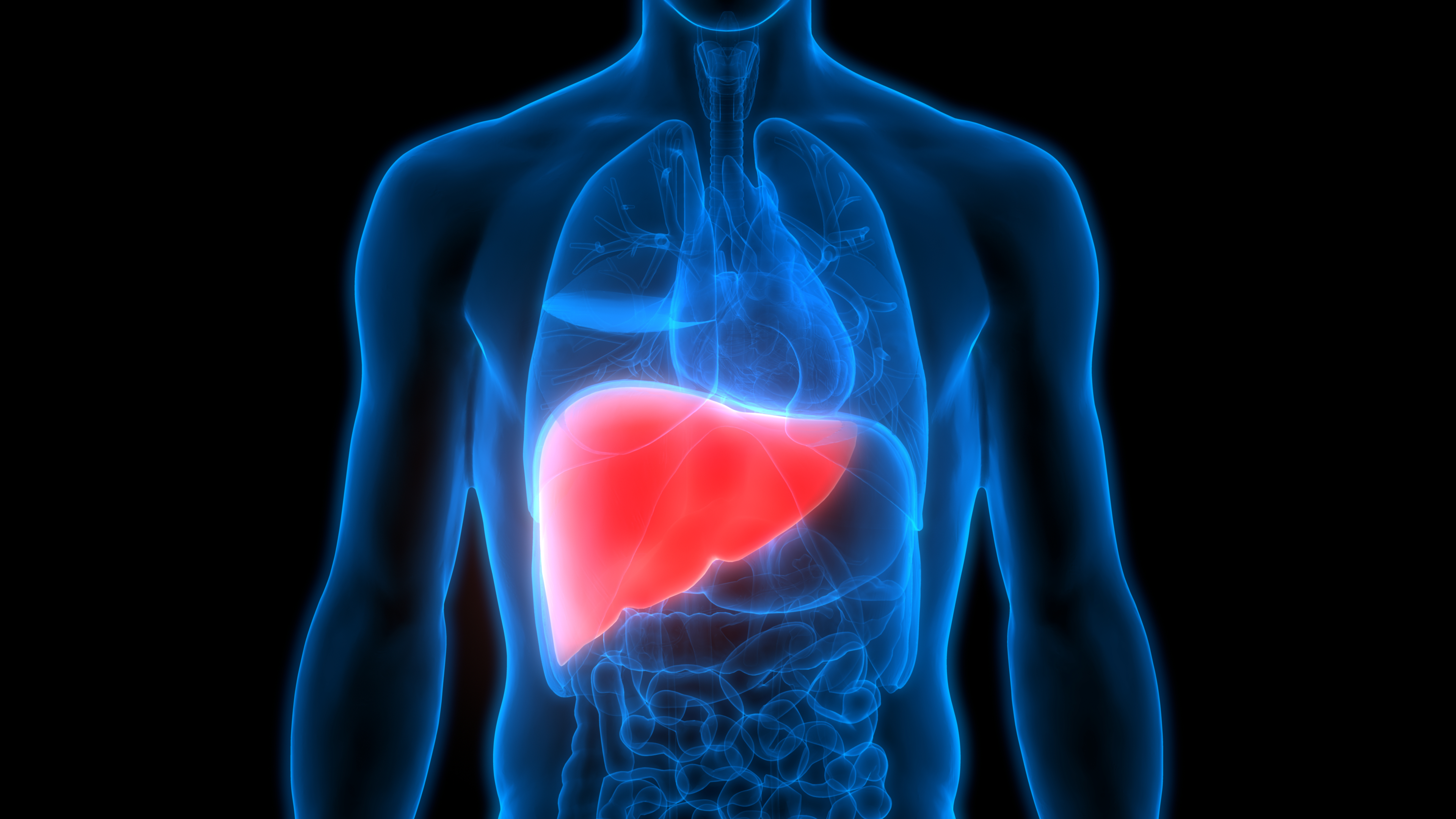What Are The Symptoms Of Sciatica?
Sciatica results from inflammation of the sciatic nerve. The course of the sciatic nerve is from the lower part of the spine running through the buttocks, and later passes to the thigh, leg, and terminates at the foot. The pain associated with sciatica can, therefore, radiate in these areas.
Other symptoms include tingling and numbness on one side of the body. These symptoms can vary from mild to severe. The pain caused by sciatica can limit normal daily activities and work productivity, but you can benefit from Clifton, NJ, orthopedics who can diagnose and treat your Sciatica pain.
What Causes Sciatica?
- Herniated vertebral disks or bone spurs on the vertebra
- Piriformis syndrome (a common condition where the tension of the Piriformis muscle causes compression of the sciatic nerve)
- Spinal stenosis
- A sedentary lifestyle with long periods of sitting
- Tumors that may compress the Sciatic nerve anywhere along its course
- Being overweight
- Sciatic nerve damage that may result from conditions like Diabetes

How Is Sciatica Treated?
Treatment of Sciatica depends on the cause and severity of the symptoms. Treatment can, therefore, be conservative or use minimally invasive therapies. The conservative modalities include lifestyle modification, weight management, using hot and cold compresses, and adopting good posture.
The minimally invasive therapies include lumbar interlaminar epidural steroid injections, spinal cord stimulation, lumbar facet block injections, and lumbar radiofrequency ablation. It may take 6 to 12 months for the symptoms to resolve in the absence of re-injury.
Surgery can also be performed in some patients depending on the cause of sciatica, like when tumors are the primary cause. Spinal traction has also been used as a form of treatment.
Which Lifestyle Modification Methods Can Help To Manage Sciatica?
Weight Management
Being overweight can stress the spinal cord, resulting in sciatic nerve irritation. Weight reduction can, therefore, help to control the symptoms of Sciatica.
Physical Exercises
Mobility is believed to help control inflammation. Some of the exercises used in the management of Sciatica include press-ups, standing hamstring stretch, and knee to opposite shoulder stretch.
Avoid Lifting Heavy Objects
You should bend at the knees as opposed to bending over with your back when lifting heavy objects.

Avoid Wearing High Heels And Tight Clothes
Wearing high heels puts a strain on the thigh, and subsequently, the sciatic nerve because the whole of your body weight is put on the foot front. Tight clothes restrict movement and increase pressure on the muscles, and this may result in irritation to the sciatic nerve. These should, therefore, be avoided.
You are discouraged from sitting with things in your back pocket because this may cause compression of buttock muscles and the sciatic nerve.
Adopting A Good Sleeping Position
You should adopt a sleeping position that does not strain the painful body parts. The most preferred position is sleeping on your stomach because by doing so, you don’t put pressure on your back. It’s also advisable to sleep on a firm mattress.
Diet Modification
You should minimize the intake of foods that trigger inflammation, like foods that contain high amounts of sugar.
Conclusion
Lifestyle modification helps to control the pain and tingling sensations that are associated with sciatica.

